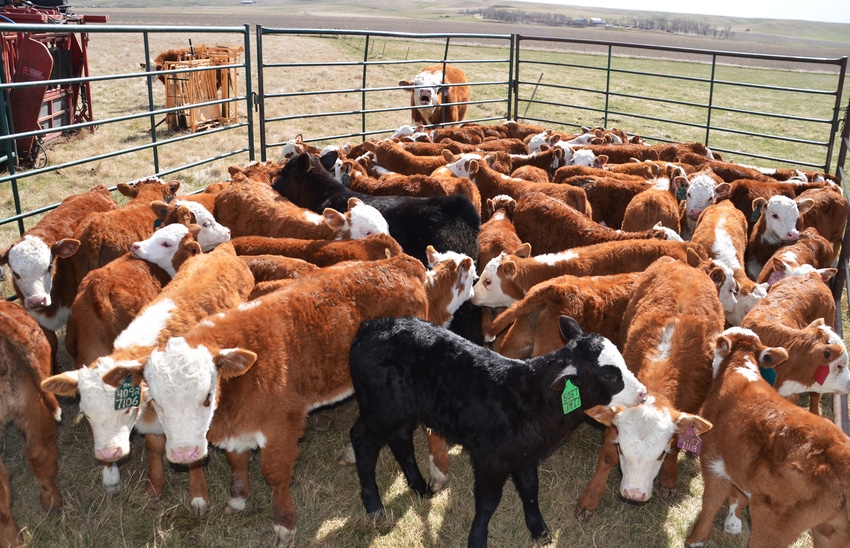Is early weaning best for you?
Volatility in the weather this year may make early weaning good option for some ranchers.
August 15, 2017

Weather conditions have been challenging throughout cattle country this year. Widespread drought that led to wildfires beginning this spring in Texas, Kansas and Colorado, then drought this summer in Montana and the Dakotas; plenty of rain, maybe a bit too much, in other regions.
With all that weather volatility, some producers may be considering weaning their calves early. That can be an option for some producers, because you can decrease forage requirements of the cow-calf pair, says David Bohnert, Extension specialist and ruminant nutritionist at the Eastern Oregon Agricultural Research Center at Burns, Ore.
“It can be challenging. You have to manage calves more intensively, but this strategy can help if forage is short in late summer/fall,” he says. “You can also increase your market options for the calves, but what works for one producer may not work for another. You have to figure it out regarding cattle prices, cost of feed, and make it all work—to see if it’s the best economical solution.”
With early weaning, it is very important to have adequate high-quality feed that is very palatable. “The ration for those calves must be nutrient-dense, with a lot of energy, protein and minerals,” Bohnert says. Young calves won’t eat a lot, so every bite needs to be packed with nutrients.
“The big advantage to weaning at home, though sometimes it’s difficult to capture the way we market cattle, is that those calves shrink less during marketing and shipping,” says Ron Gill, beef specialist with Texas AgriLife Extension. “If you take calves to an auction right off the cow, they will shrink 6% to 10%. If you wean them first, and take them to the auction yard the day before the sale, they aren’t as stressed and already know how to eat—and will settle in and fill up again. They may shrink 1% or even less,” he says.
The 5% less shrink can make the difference of 25 pounds on a 5-weight steer, giving you that much extra to sell. That in itself can nearly pay for a weaning program.
“We don’t normally get to take advantage of that in country sales or video sales because there’s usually a set amount of pencil shrink,” Gillsays. “Your gain, however, would be that weaned calves are easier to gather and ship, without the shrink that occurs when sorting off the cows and getting them sorted to get on the truck. So there is some reduction in shrink, but not as much as you’d have when selling weaned calves through auction markets [with no pencil shrink].”
About the Author(s)
You May Also Like


.png?width=300&auto=webp&quality=80&disable=upscale)
